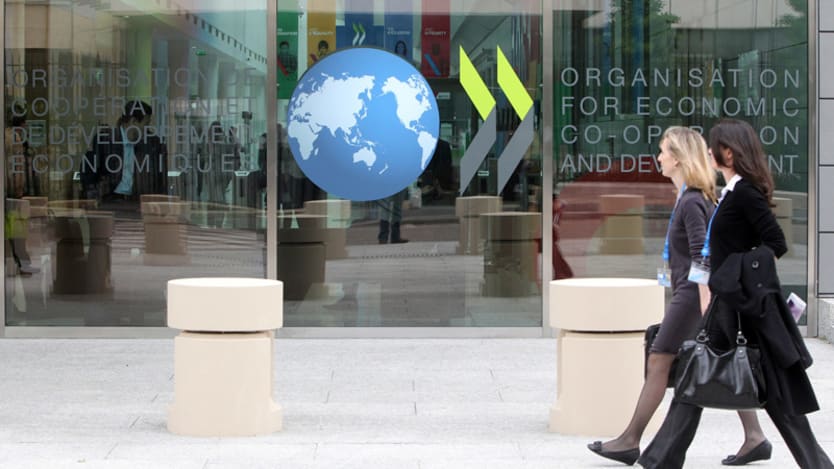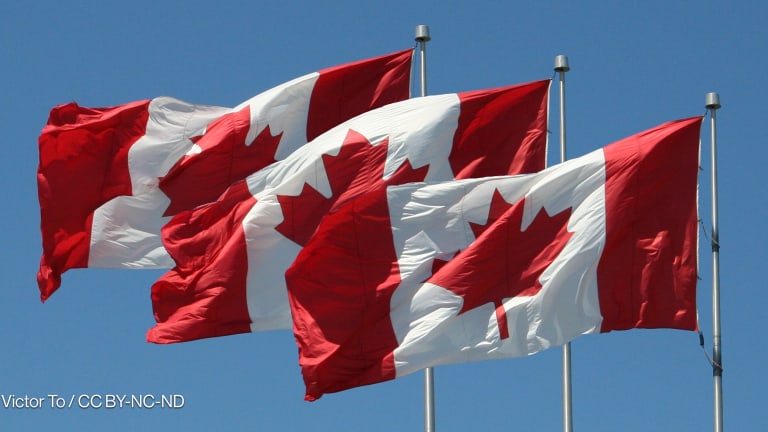
LONDON — Untied aid from the world’s richest donor countries increased to 88.3 percent of total official development assistance in 2016 from 82.6 percent in 2015, the third-highest level since the Organization for Economic Co-operation and Development established guidelines for untying aid, the group reported last week. But critics argue that OECD’s figures fail to give a full picture, because its recommendation applies only to ODA going to certain countries and sectors, and because loopholes mean many donors continue to tie aid to domestic firms in practice.
Untying aid refers to the removal of legal and regulatory barriers in order to open up competition for ODA-funded procurement of goods and services outside the donor country. Studies show that untying aid increases effectiveness by localizing aid delivery, thereby reducing transaction costs and increasing ownership of aid initiatives in recipient countries.
See more related topics:
► What's at stake during this week's OECD DAC meetings?
► OECD DAC clarifies rules on in-donor aid spending for refugees
However, the OECD’s recommendation on untying aid applies only to ODA going to least-developed and heavily indebted poor countries. It also excludes technical assistance, and leaves food aid as “optional.” Outside of these countries and sectors, the level of tied aid remains “very high,” according to Polly Meeks, senior policy and advocacy officer at the European Network on Debt and Development, or Eurodad, a coalition of civil society organizations.
OECD acknowledges that the proportion of tied aid rises to 20.2 percent when looking at all bilateral aid, in contrast to the 11.7 percent it calculates when using the terms of its recommendation.
This is closer to Eurodad’s figures, which suggest that around $25 billion of ODA in 2016 was delivered by implementers and organizations from donor countries — almost 20 percent of total ODA, Meeks said.
“Tied ODA can only be used to buy goods and services from the country providing the ODA — putting the commercial objectives of companies in donor countries ahead of the priorities of local people,” Meeks said, adding that the end result could be “wasted resources; failure to meet local needs; and /or missed opportunities to support pro-poor local growth and build stronger local capacities for the long term.”
Advocates say the close link between untying aid and increasing localization also makes it crucial to international agreements such as the “Grand Bargain,” which commits donors to delivering 25 percent of humanitarian aid through local and national suppliers by 2020. Twenty-two donors signed the Grand Bargain in 2016, all of whom are members of the OECD’s Development Assistance Committee.
The European Union steps up
The OECD report shows that after two drops in the level of untied aid since DAC members signed the recommendation in 2001 — the first in 2014 and then again in 2015 — it finally rose again in 2016, up almost six percentage points on the previous year.
The report largely credits this latest bump to the European Union. One hundred percent of EU aid now qualifies as untied under the OECD’s recommendation, up from 84.3 percent in 2015.
The share of untied aid also rose in the United States to 68.5 percent, up from 58.3 percent in 2015. The new figure reflects a return to what had been average for the U.S., but remains below average for all DAC members. In Austria, the share of untied aid dropped from 84.8 percent in 2015 to 26.9 percent in 2016.
Despite these outliers, the OECD paper claims that the majority of DAC members now report all or almost all of their aid as untied, with 22 of the 30 DAC members recording between 90 percent and 100 percent as untied in 2016.
The report notes that about 99 percent of the $3.6 billion in aid that should be untied under the recommendation but remains tied falls to certain sectors — primarily health, government, and civil society, which each made up about 22 percent. Agriculture, forestry, and fishing made up 11 percent, while education constituted 10 percent.
New contract-level data
Critics also point out that, under OECD’s recommendation, aid can often qualify as untied even if programs are implemented by companies or organizations based in the donor country. For example, if the original request for proposal was accessible to other firms but didn’t attract any, or if the winning firm has a strong enough presence in the recipient country, its contract award can count as “untied.”
Meeks explained that the 88.3 percent “untied aid” advertised by the new OECD report refers only to aid that is “untied in principle — i.e. there were no formal restrictions when the contract was advertised to say that the aid had to be used to buy goods or services from the donor country.”
She said that untying “doesn’t require that firms are based in the recipient country,” only that there’s flexibility for those firms to be based “somewhere other than the donor country. So it’s not a very high bar to meet, which is why we think it’s pretty shocking that anything less than 100 percent of aid is untied.”
The new paper shows that about half of aid contracts went to firms based in the donor country in 2016, similar to figures from previous years. About 33 percent went to firms based in “developing” countries, up from 17 percent in 2015. Firms in China and India made up about 40 percent of successful ODA bids in the developing country category, and appear to be winning an increasing number of DAC member-funded aid projects.
Meanwhile, about 7 percent of contracts went to firms in DAC countries other than the donor in 2016. Another 7 percent went to firms in least-developed and heavily indebted poor countries, up from 2 percent 2015.








